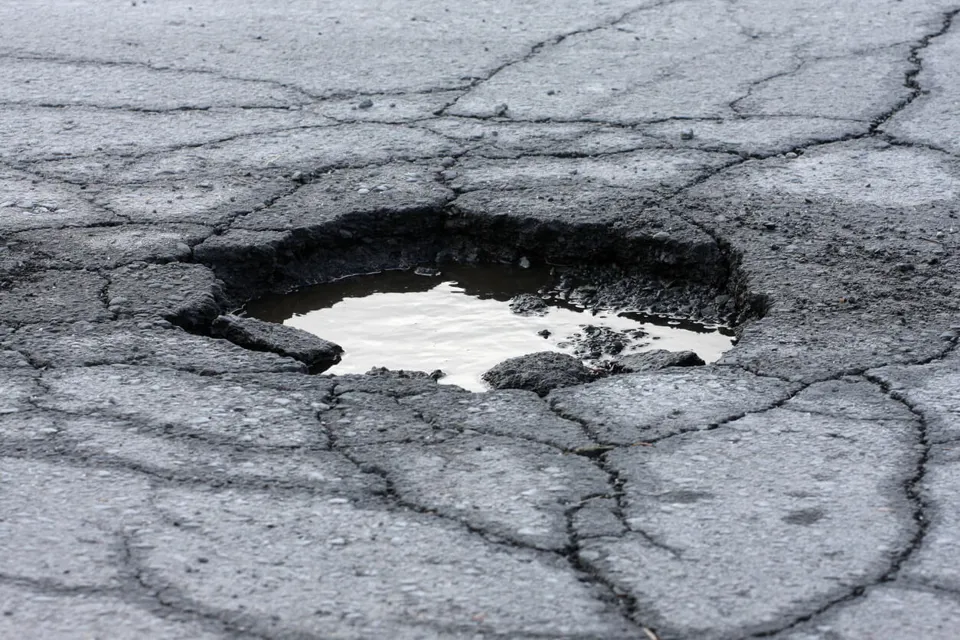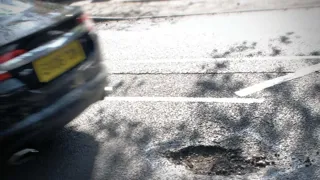One third of all local roads in England are in need of maintenance and repair, new data from the Department for Transport (DfT) shows.
Local ‘B’ and ‘C’ roads together account for around 28% of all roads in England. In the year ending March 2022, 6% were categorised as red, while 28% of roads were amber and two-thirds (66%) were green.
Red means that the road should be considered for maintenance, amber suggests maintenance required soon and green equates to no further investigation or work is needed.
Derbyshire Council has the worst B and C roads, with a quarter (24%) in need of repair.
Local ‘A’ roads and motorways account for around 9% of the Local Authority managed road network in England and carry approximately one-third of all traffic
In the year ending March 2022, 4% of local ‘A’ roads were categorised as red.
The majority of roads were categorised as green at 72%, followed by amber at 24%. These proportions remained the same as those seen in the year ending March 2021.
The percentage of local ‘A’ roads categorised as red has remained at 4% since the year ending March 2020.
Of the 109 local authorities that provided data for the year ending March 2022, 46 local authorities reported 2% or fewer red ‘A’ roads, while three local authorities reported greater than 10%.
When looking at the proportion of ‘A’ roads categorised as red over time: 79% of local authorities reported an improvement or no change in the proportion of ‘A’ roads categorised as red between the years ending March 2013 and 2022, where data was available for both time periods.
Looking at shorter term trends, 60% of local authorities reported an improvement or no change in the proportion of red ‘A’ roads since the year ending March 2019.
“Local roads are at great risk of becoming dangerous and need significant investment to make them safe,” said Jack Cousens, head of roads policy for the AA.
“Our local roads cannot take another round of cuts. The Prime Minister and Chancellor should avoid slashing local road investment later this month.”
Unclassified roads make up three fifths of roads maintained by councils. The proportion of the unclassified road network categorised as red has fluctuated between 15% and 18% since measurement started in March 2007, and currently stands at 15%.
RAC head of roads policy Nicholas Lyes said: “The fact there has been no discernible improvement in the state of our roads in the last two years despite having milder-than-average winters does not bode well if temperatures plunge in the next few months.”
RAC research shows that the majority of drivers believe local road conditions have worsened in the past 12 months and its Pothole Index suggests drivers are around 1.5 times more likely to suffer a pothole-related breakdown than they were in 2006.
“A lack of adequate funding for the nation’s local roads remains the biggest issue and drivers will be wincing if any further cuts to budgets are announced in the forthcoming Autumn Statement,” continued Lyes.
“Cutting pothole funds would be huge backward step, heaping yet more misery onto drivers and businesses who will need to fork out for costly repairs to vehicles, while also increasing the risk of roads becoming safety hazards for cyclists.”























Login to comment
Comments
No comments have been made yet.